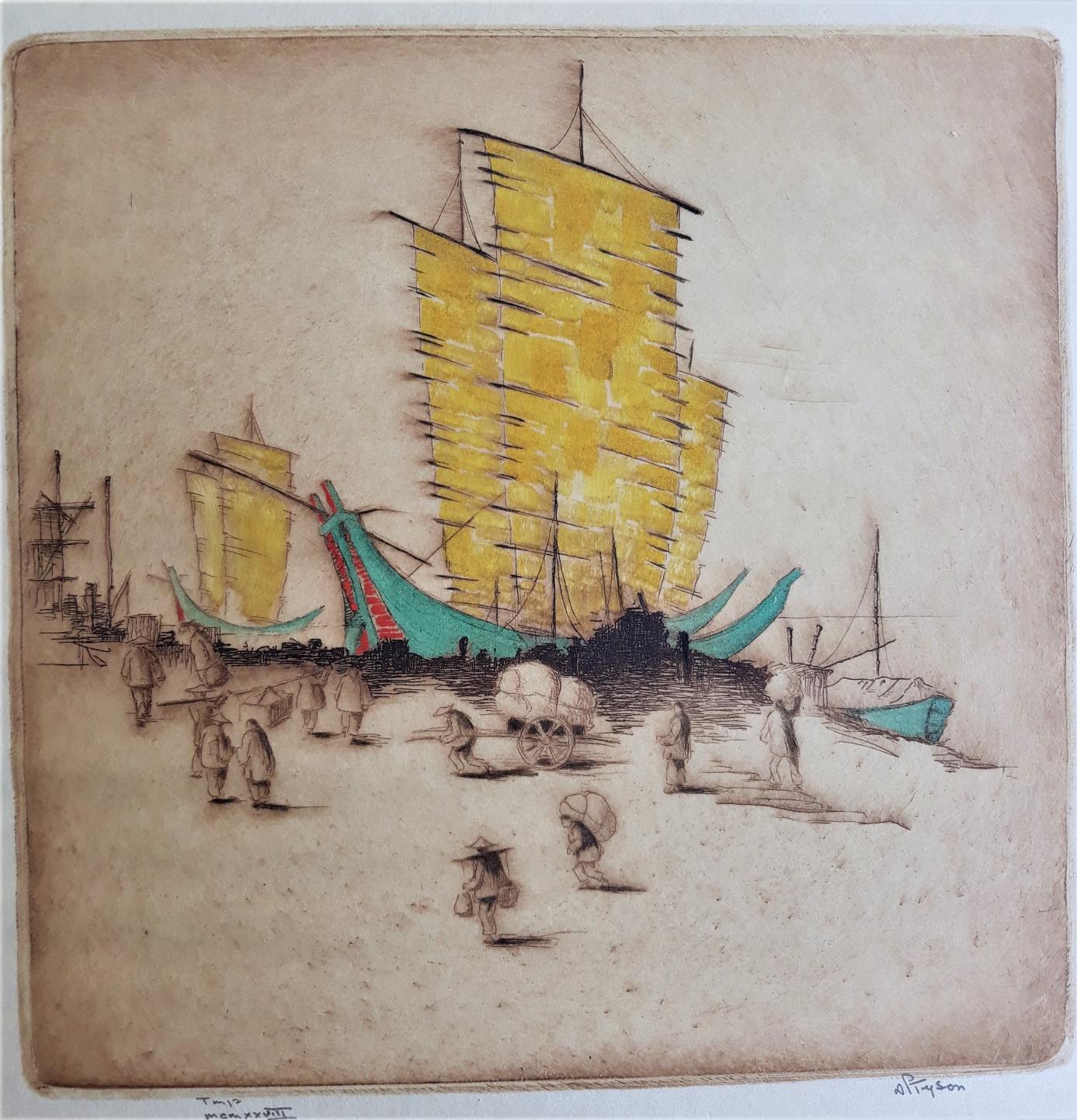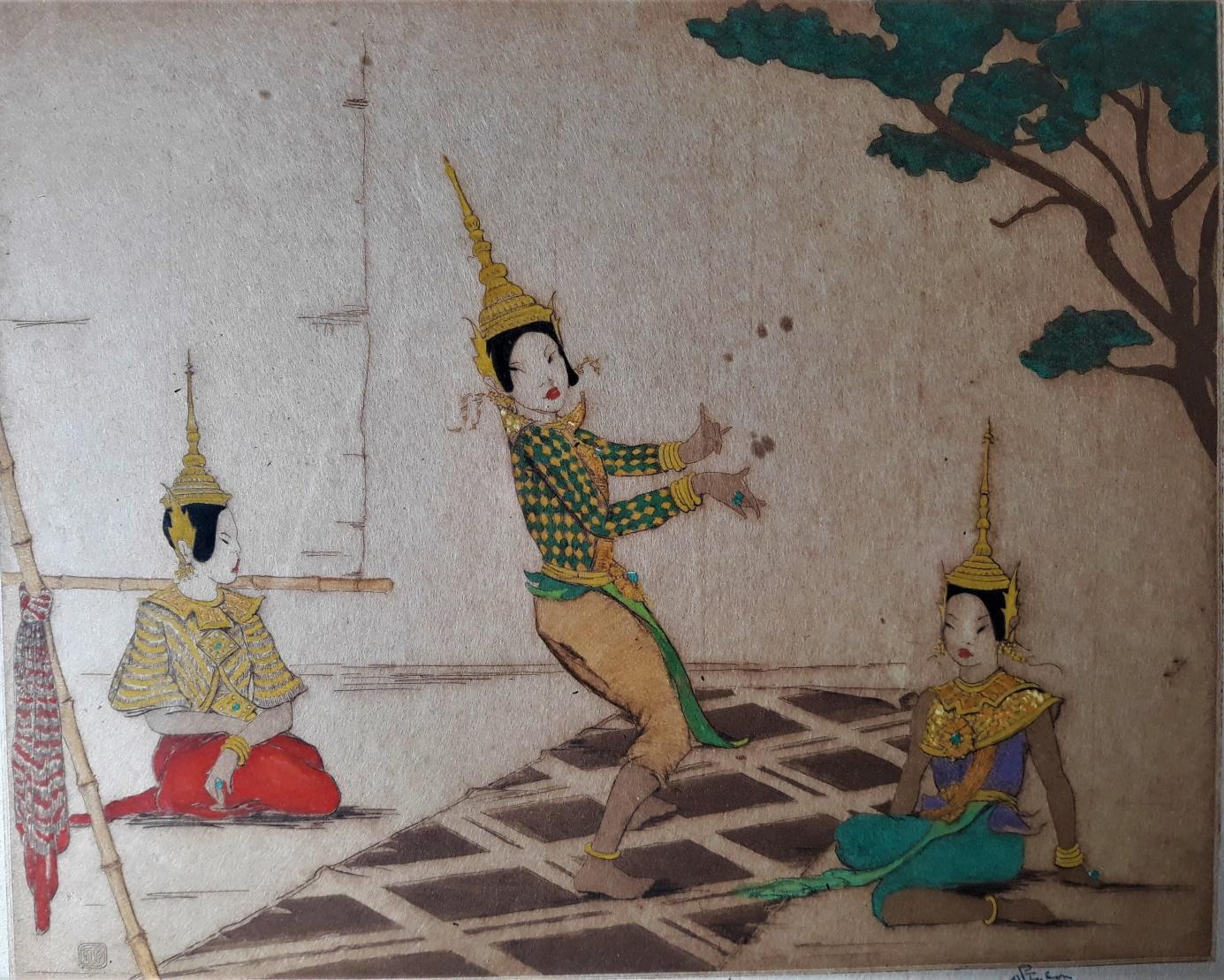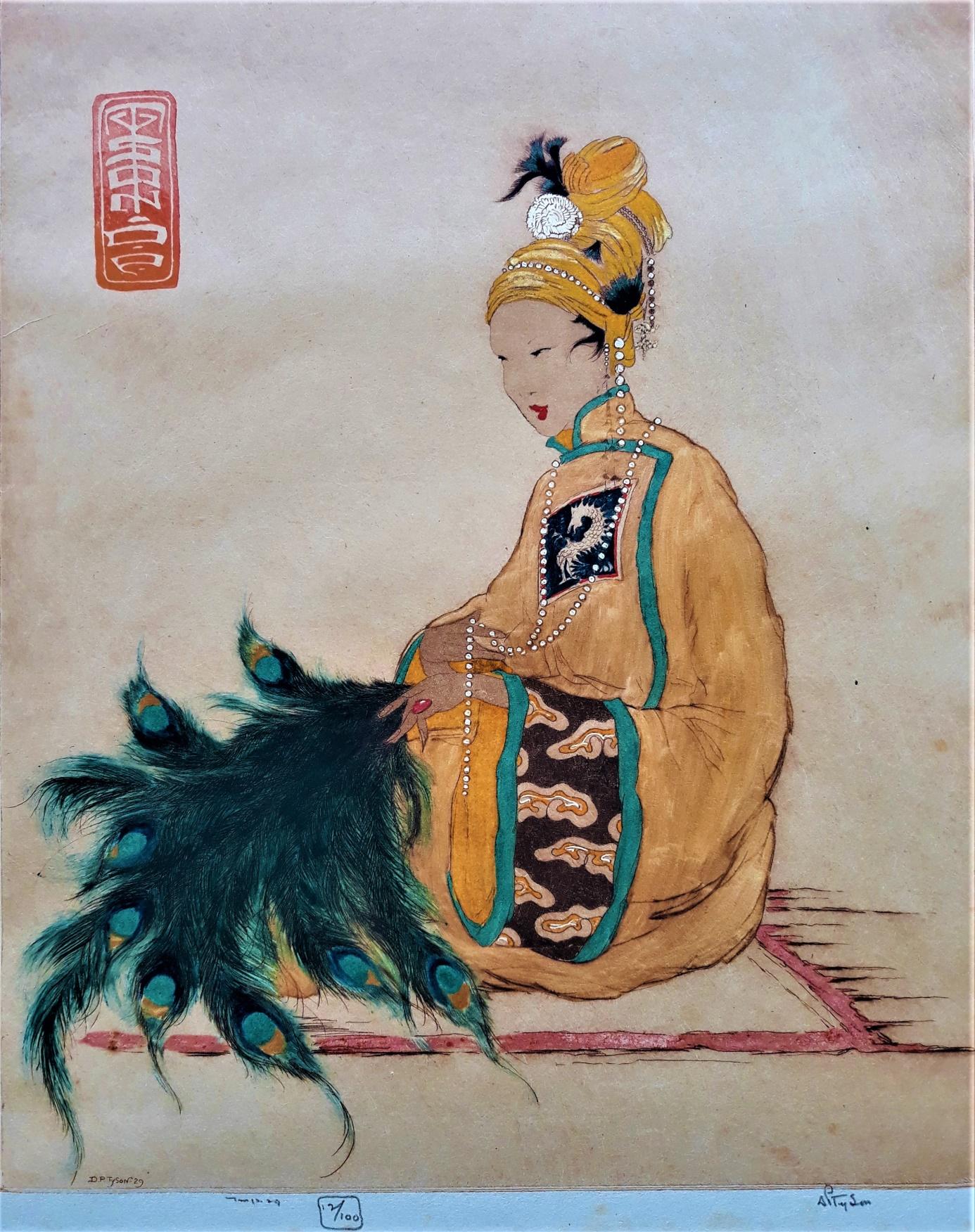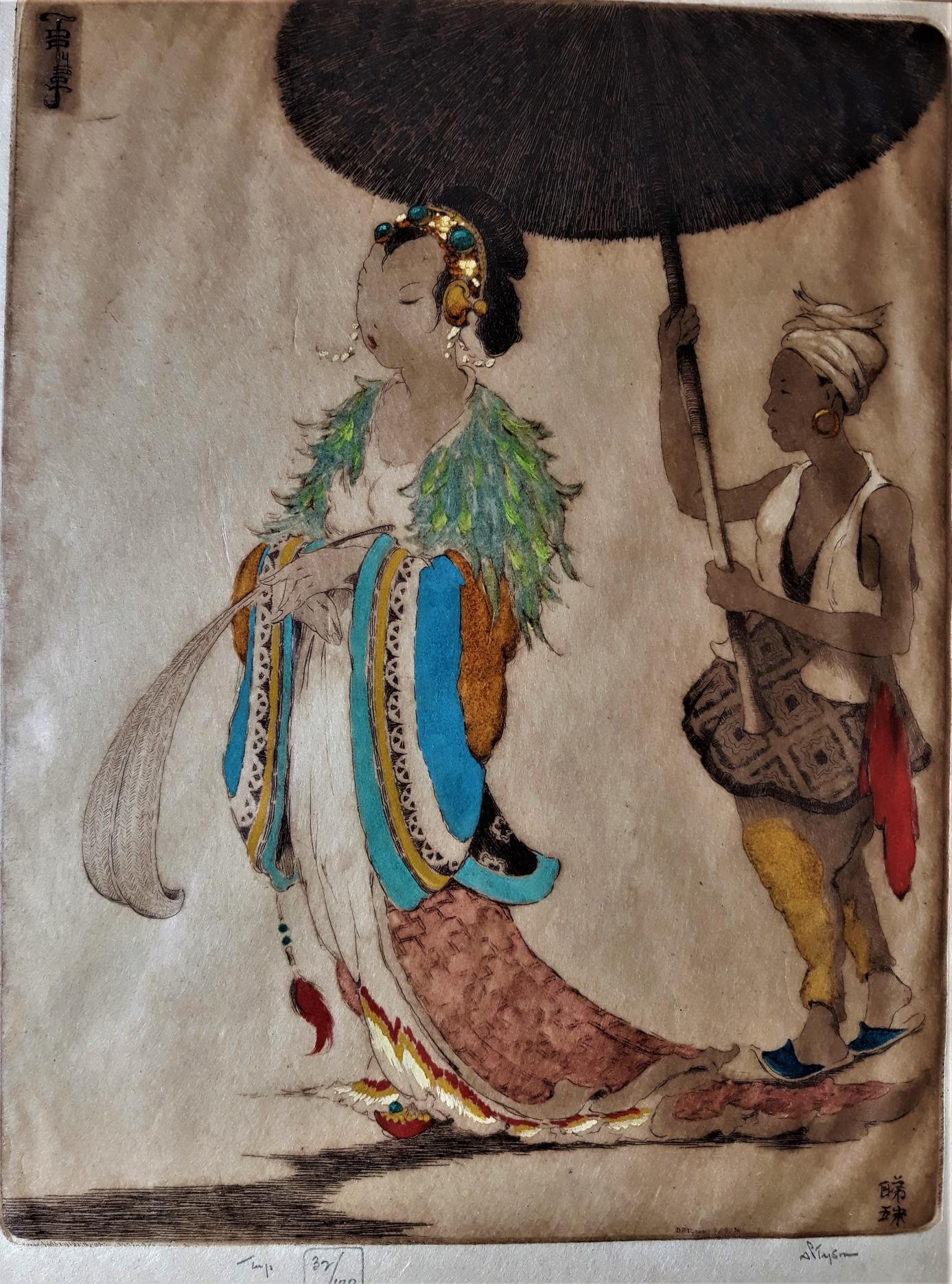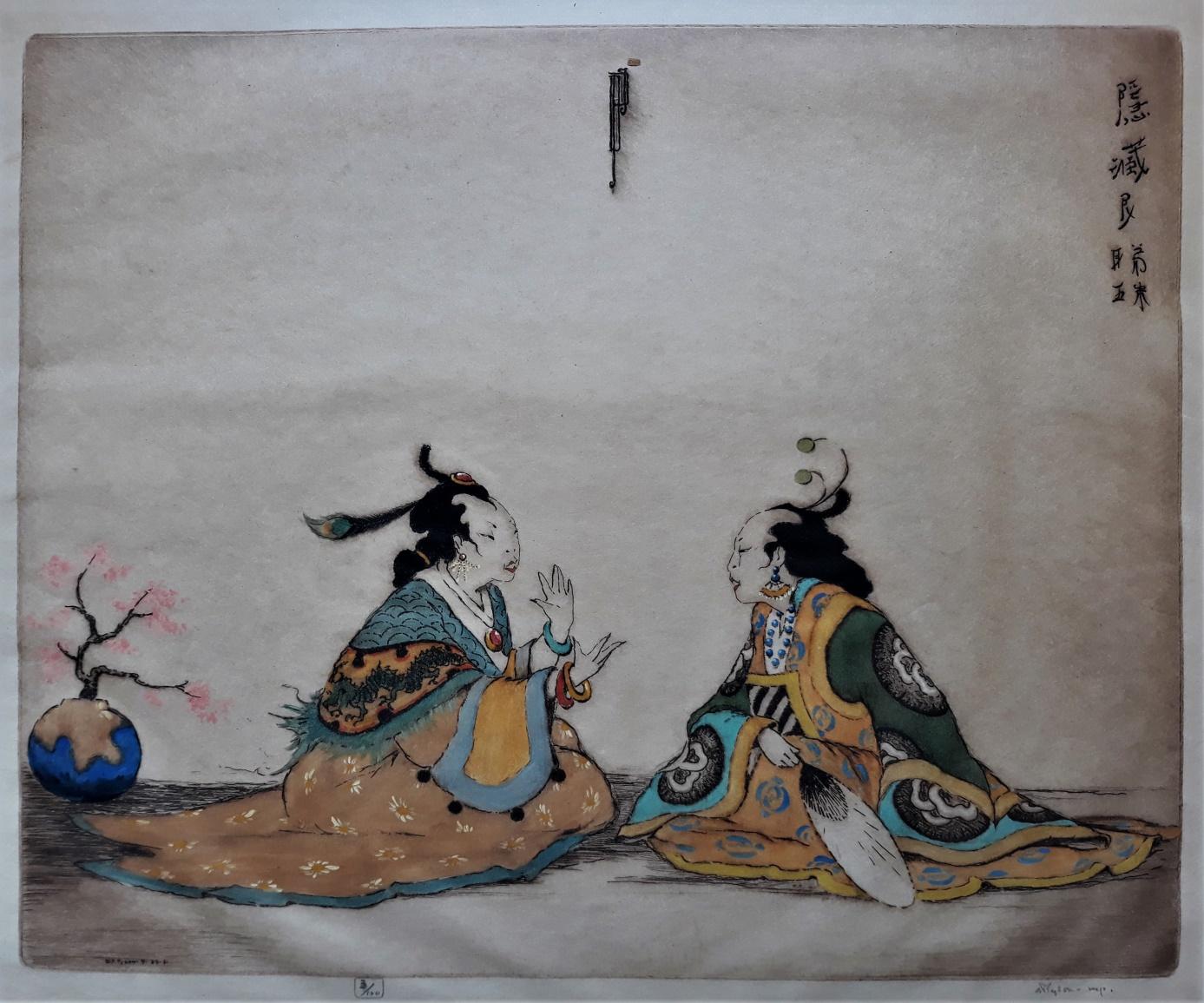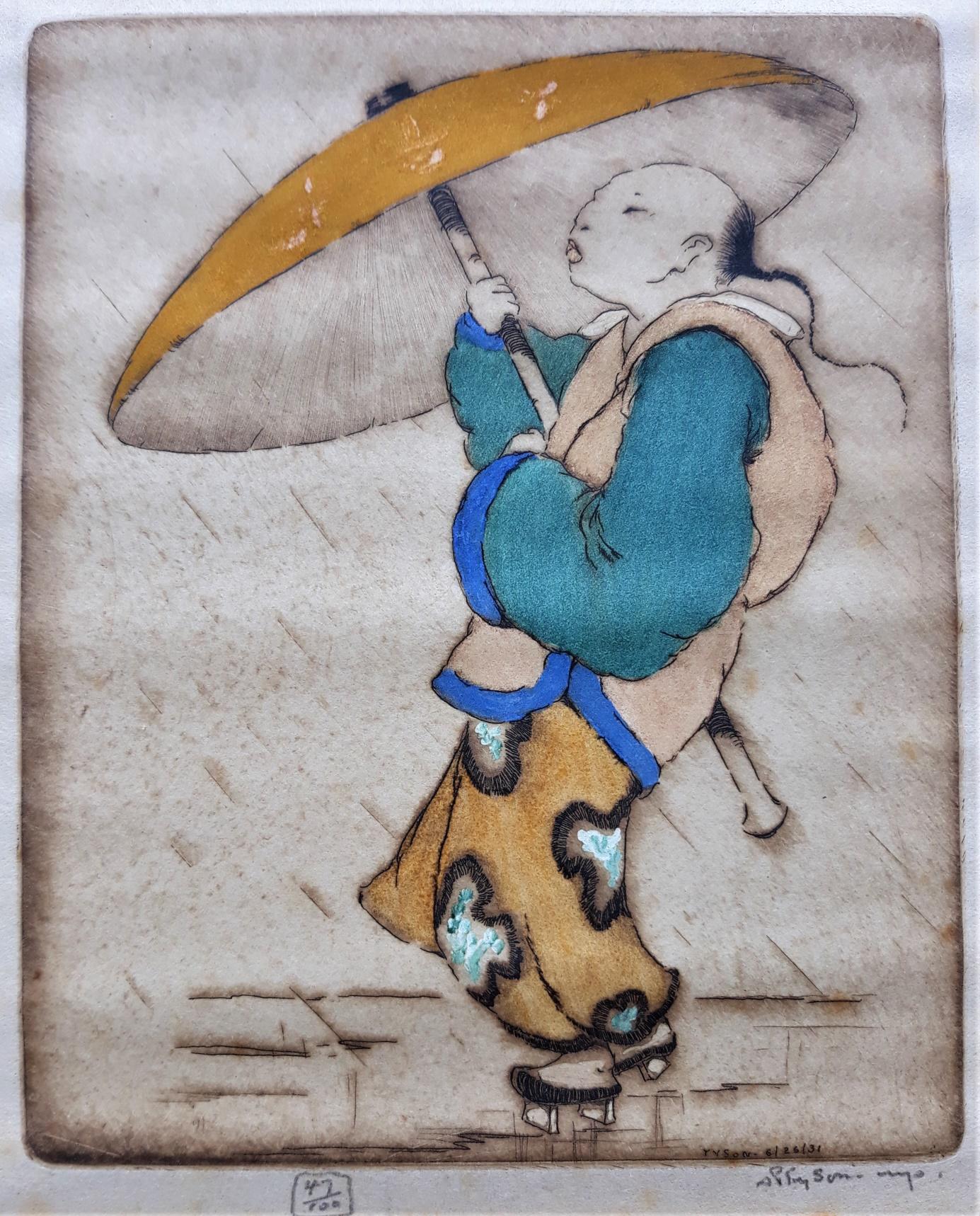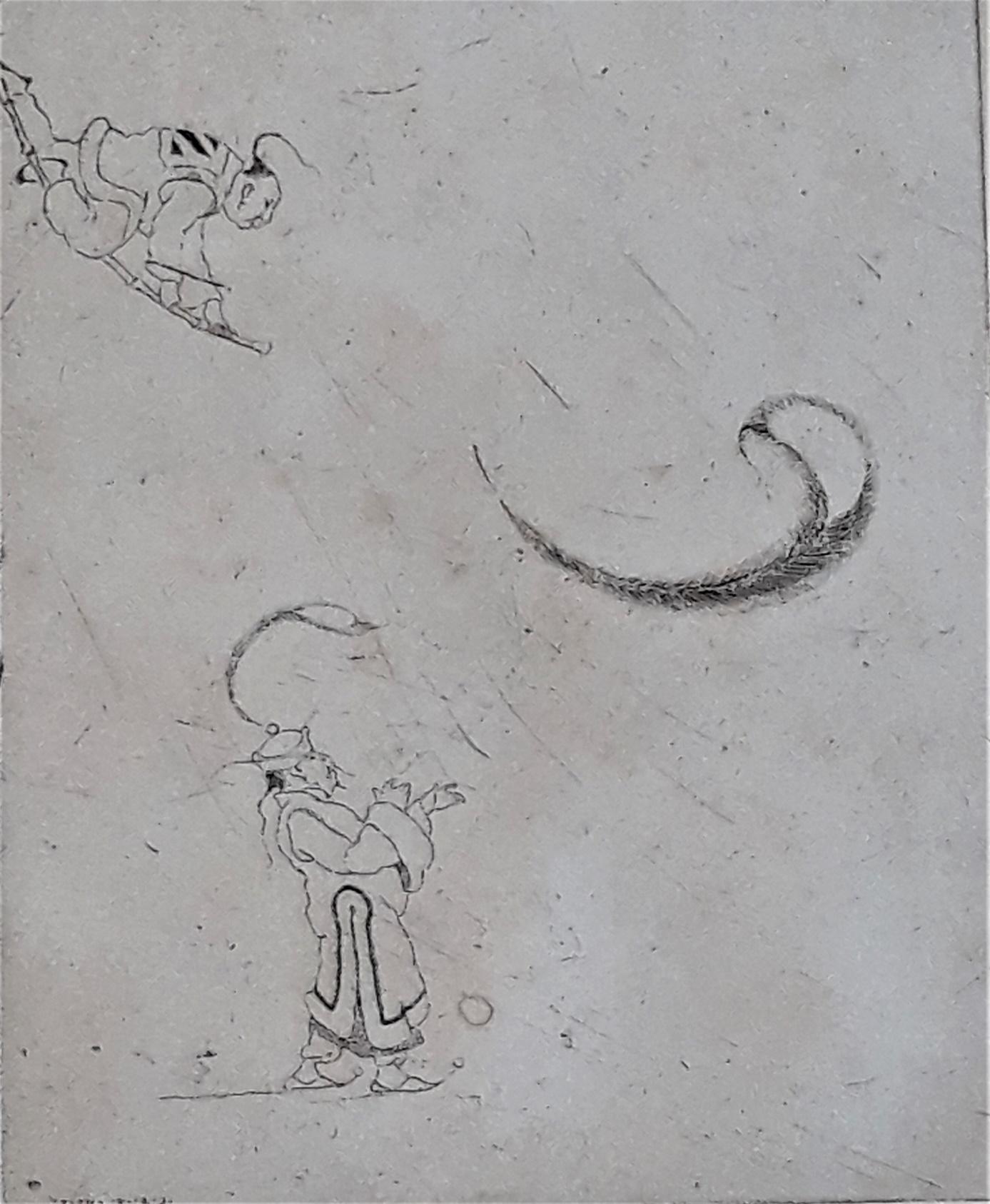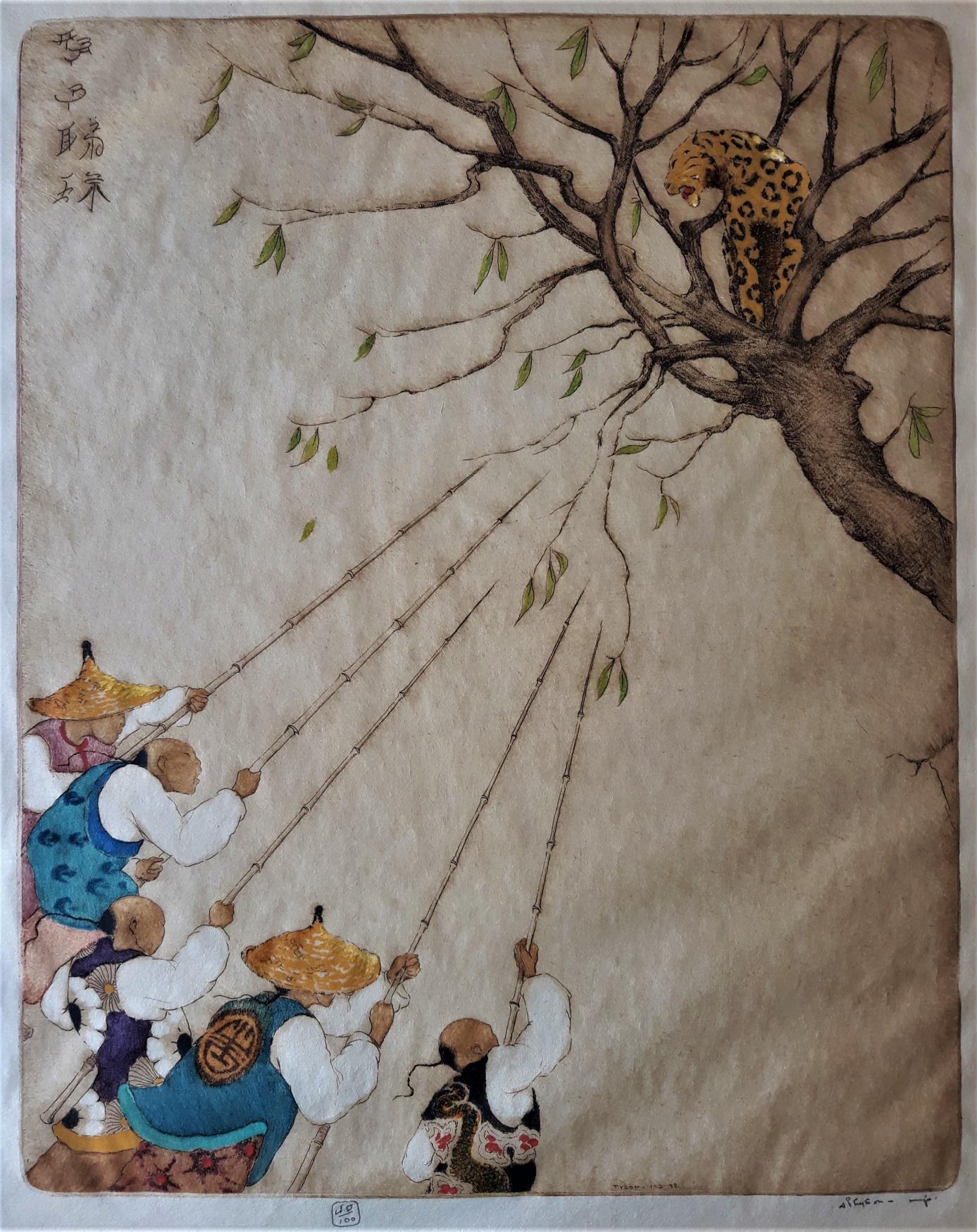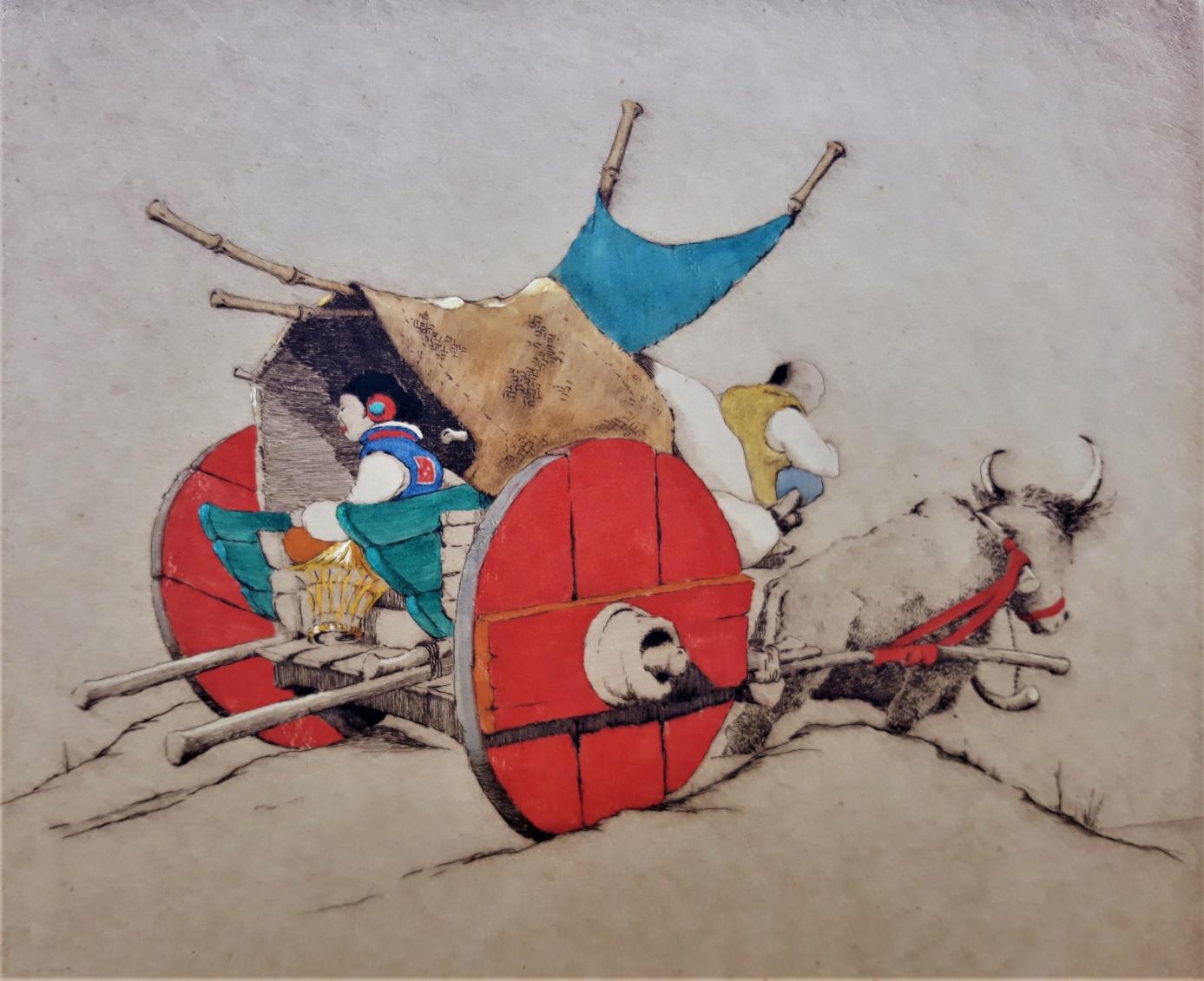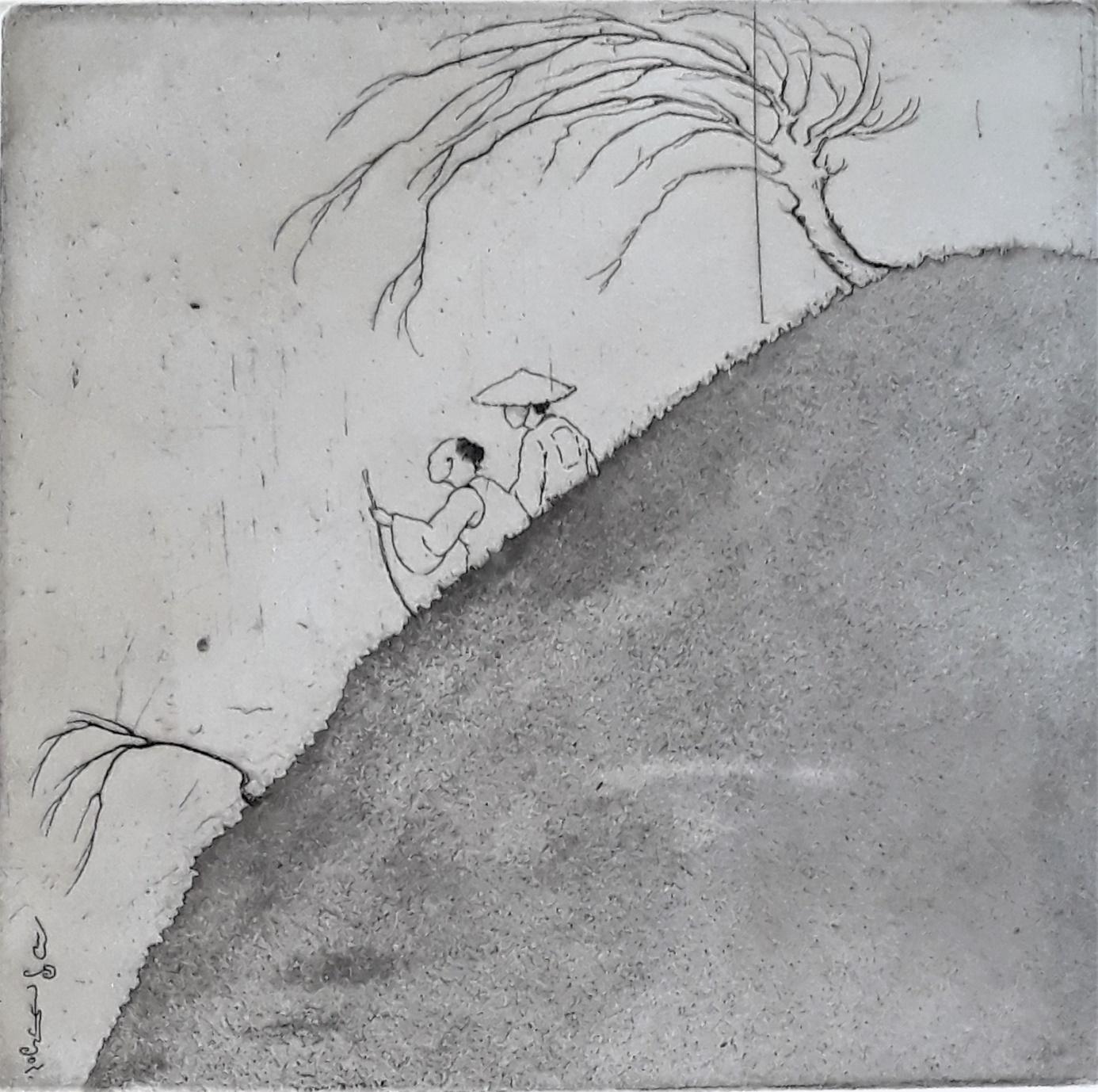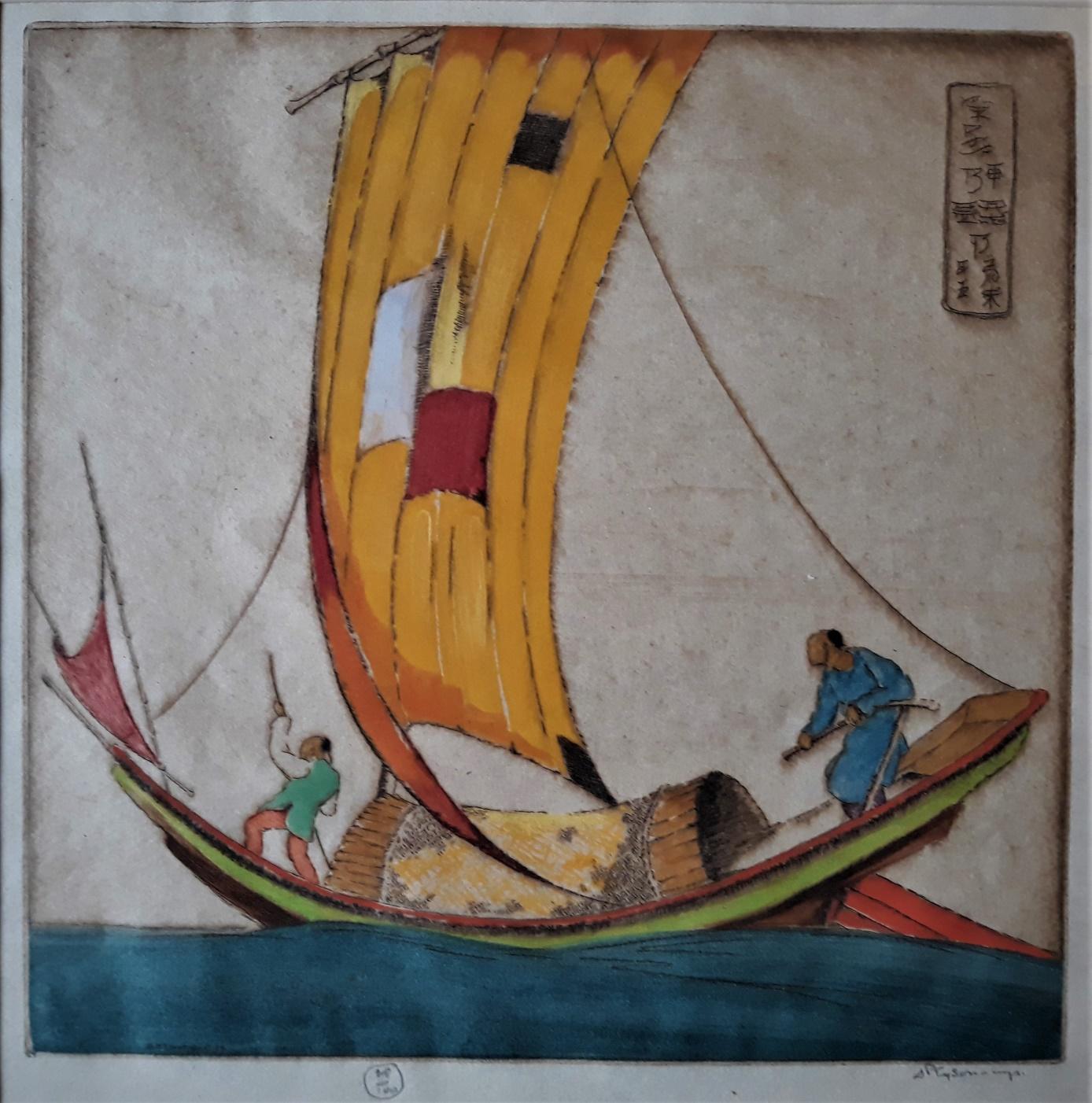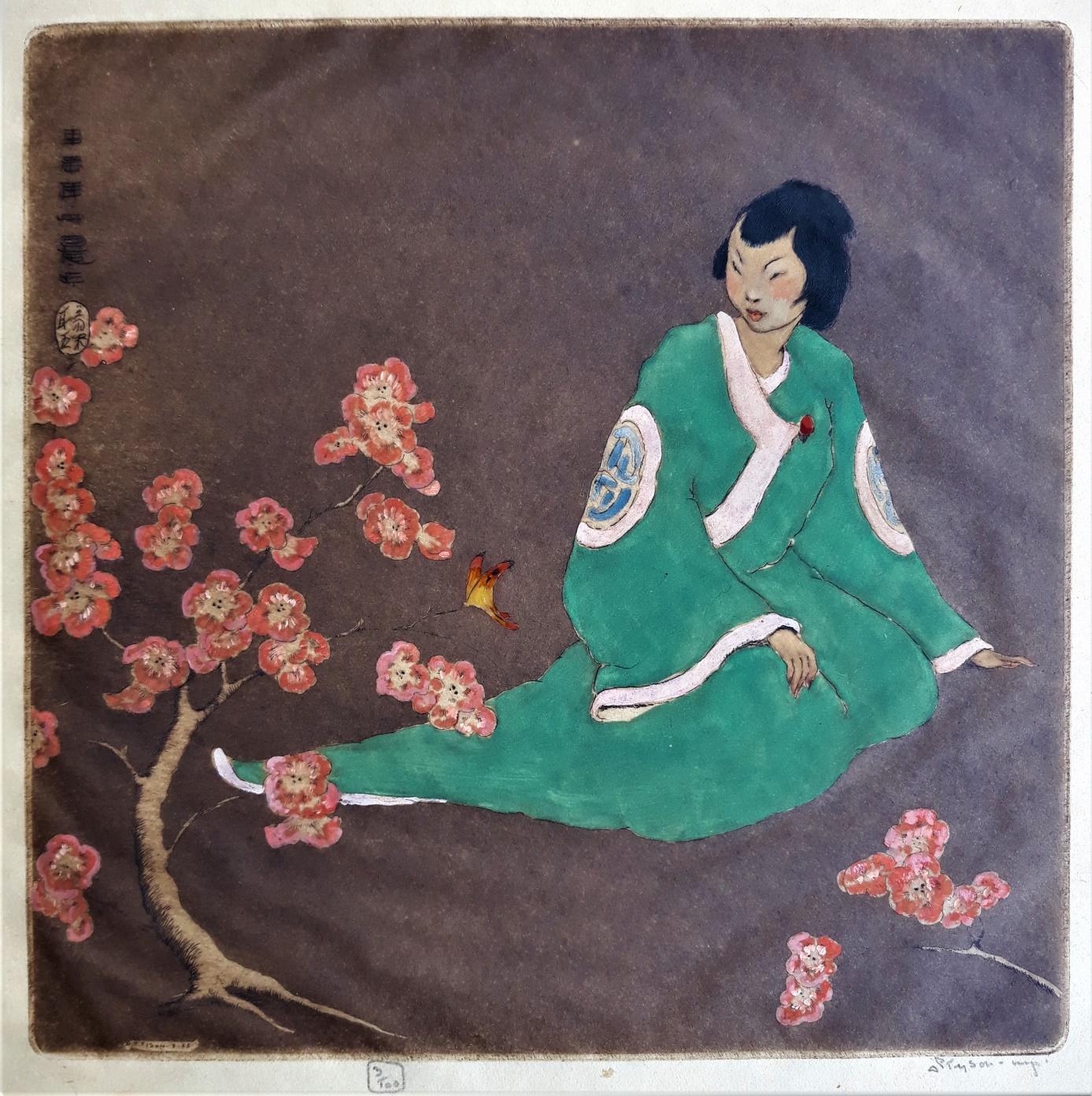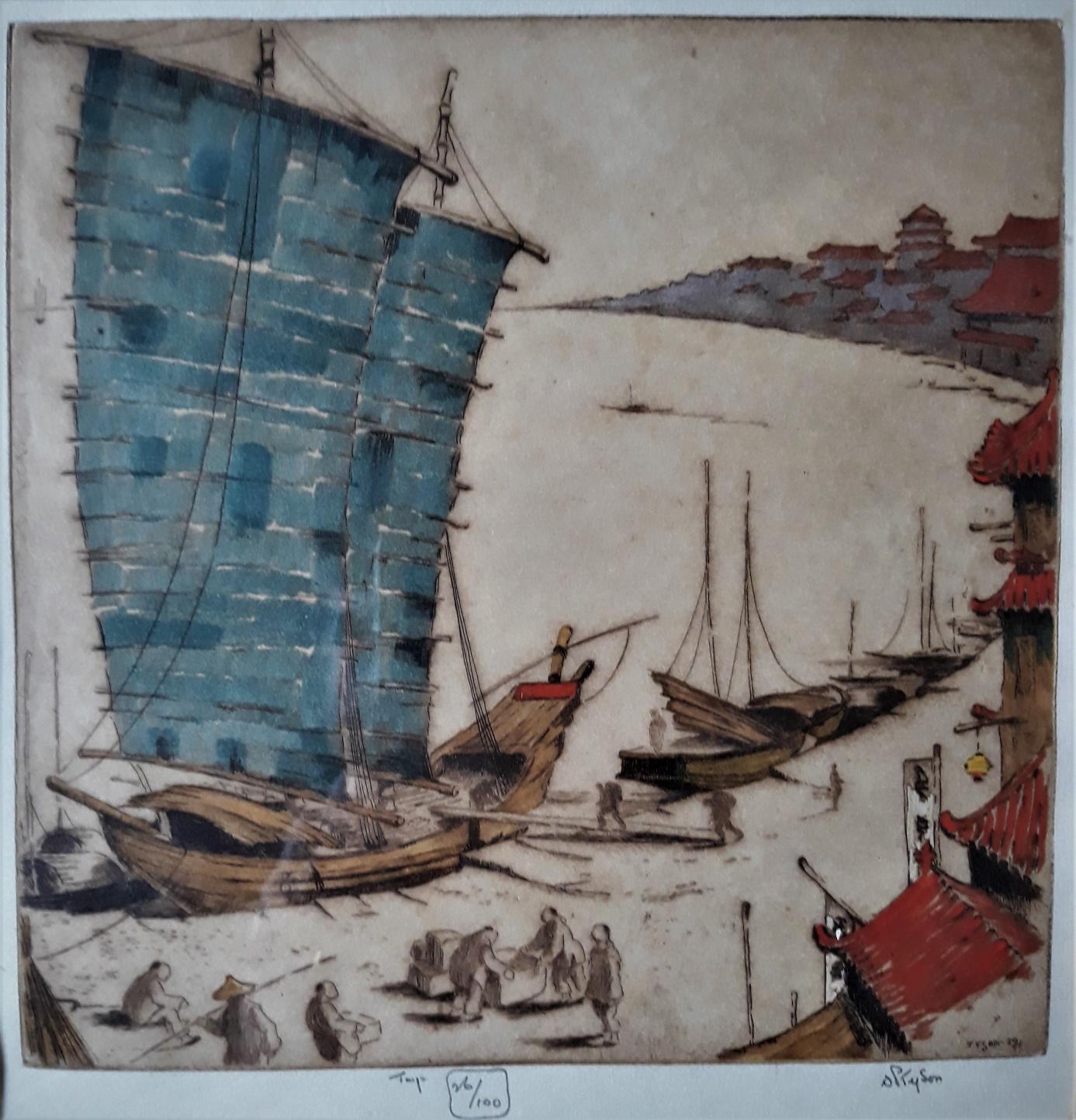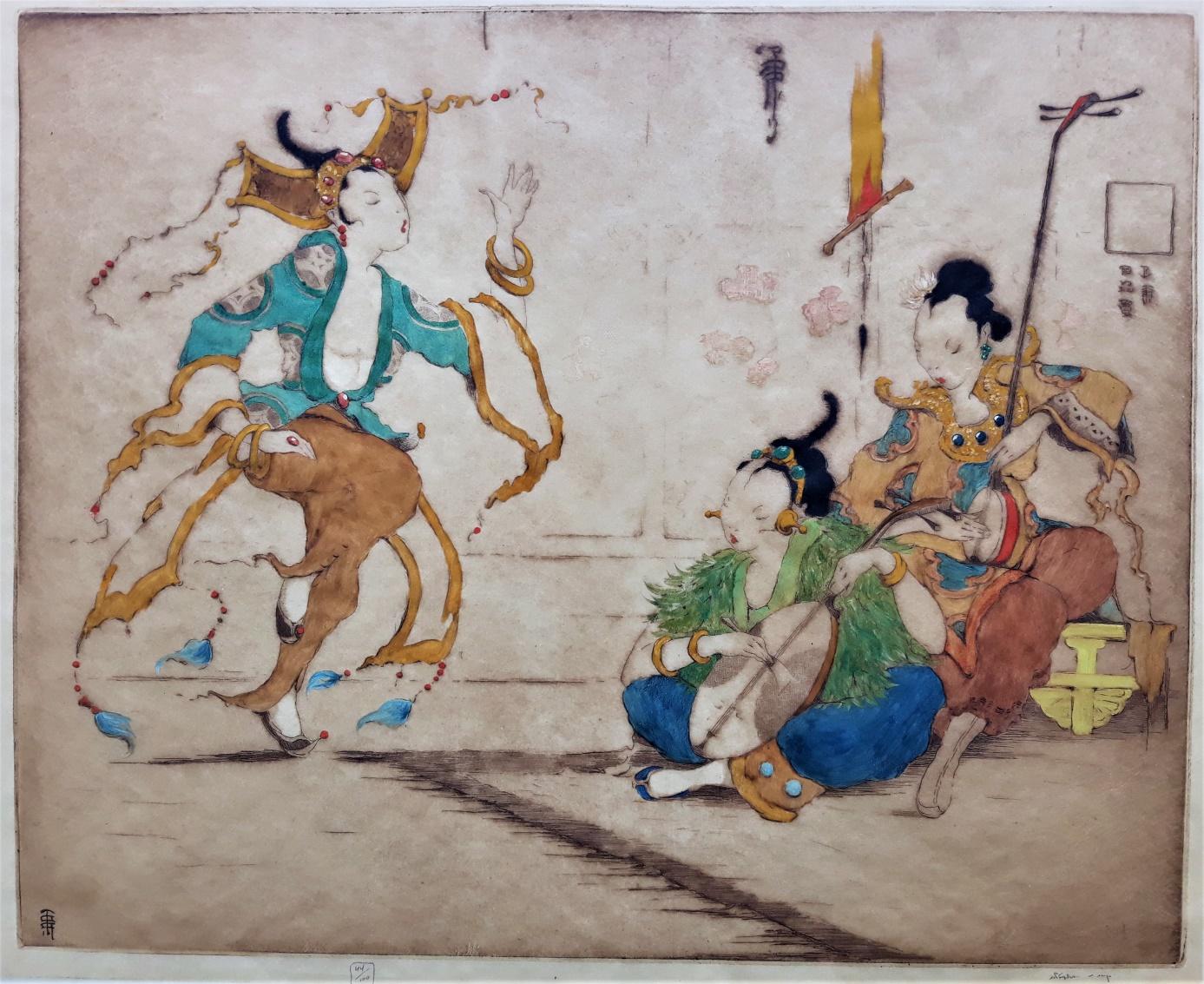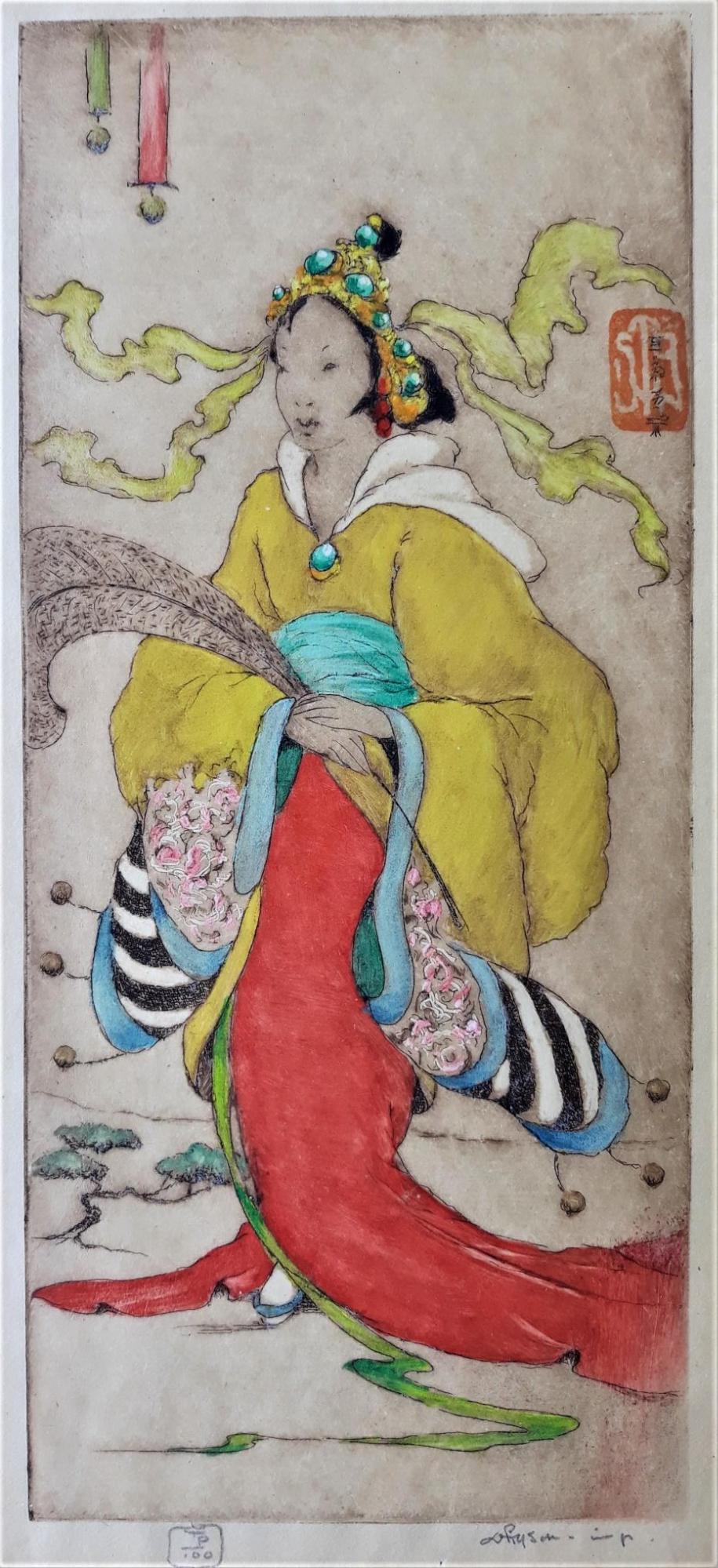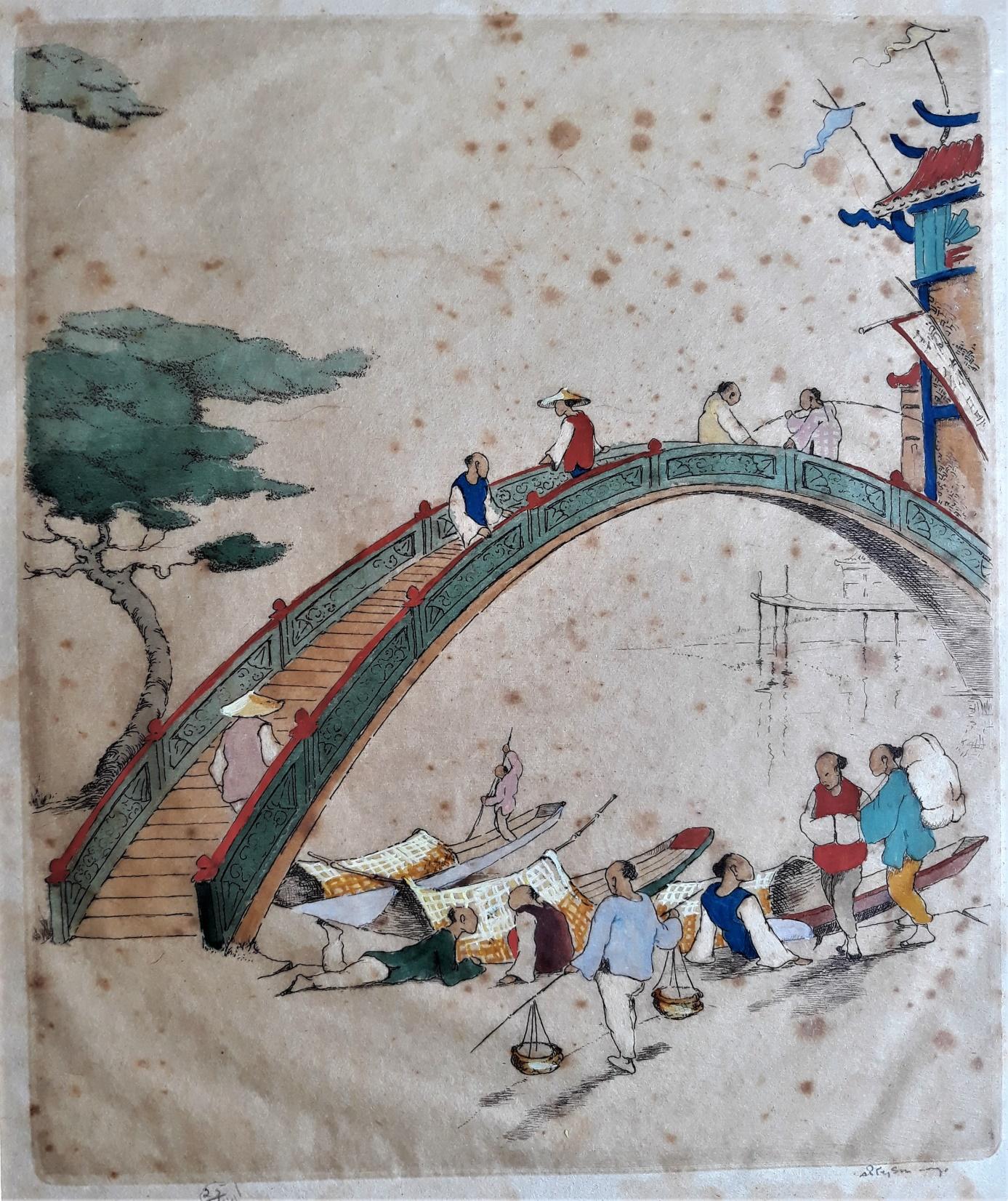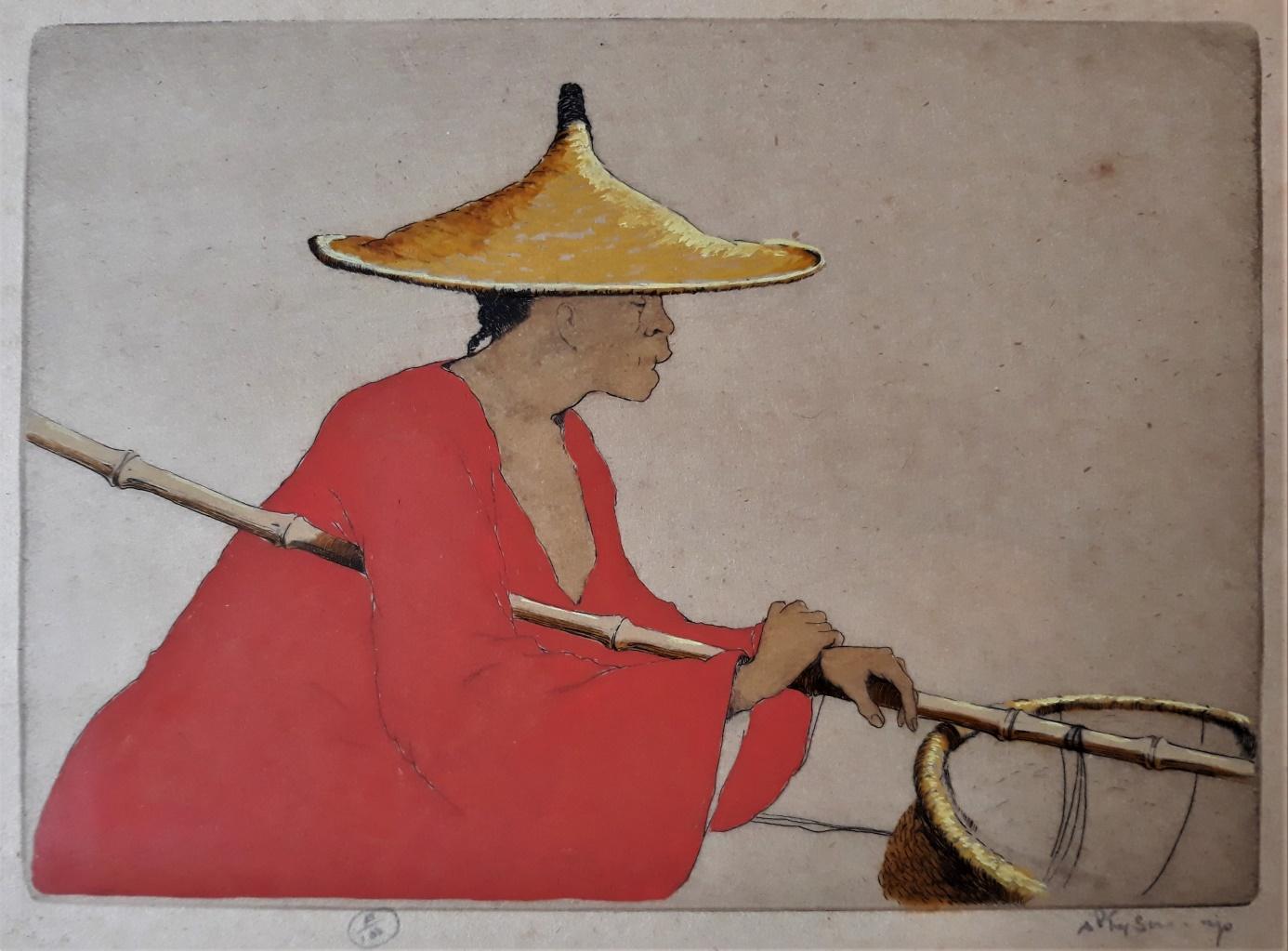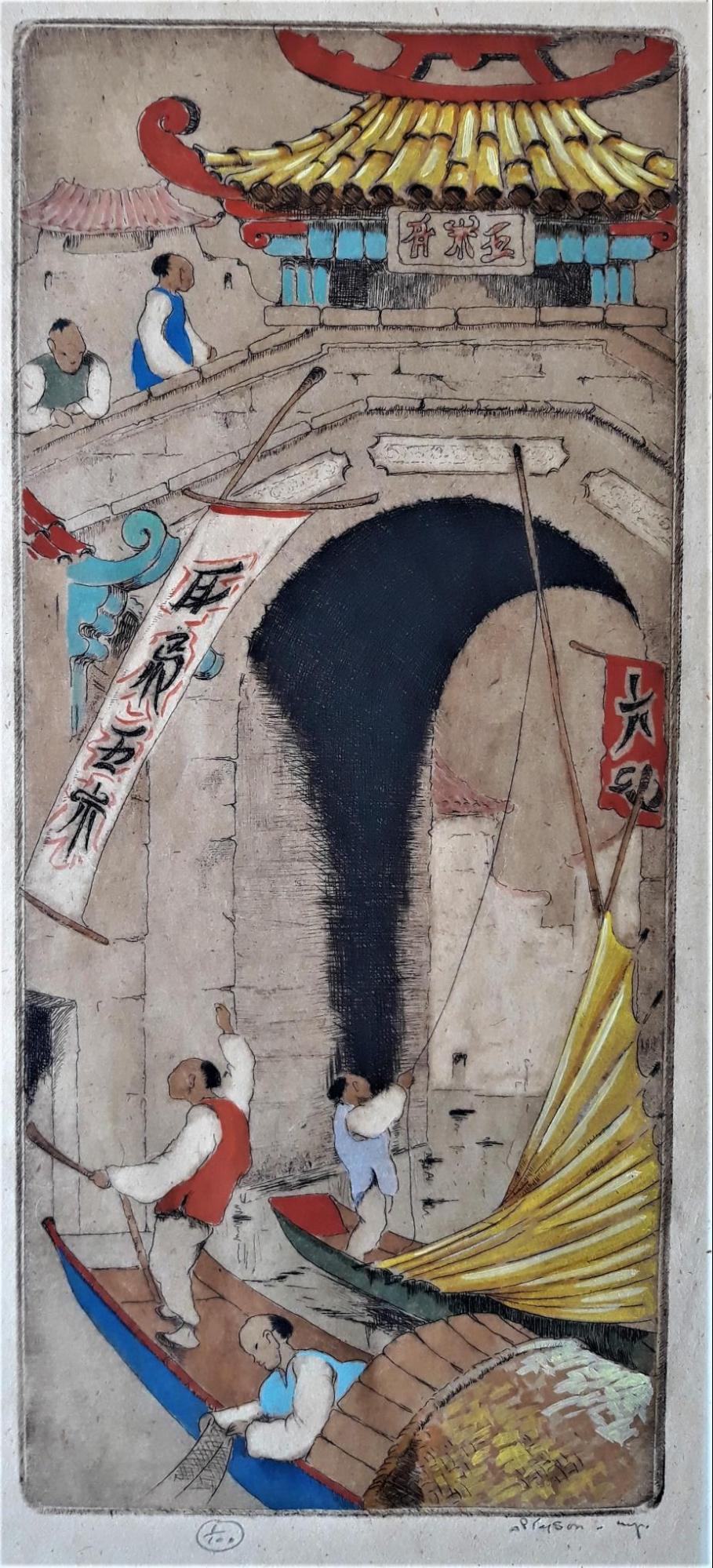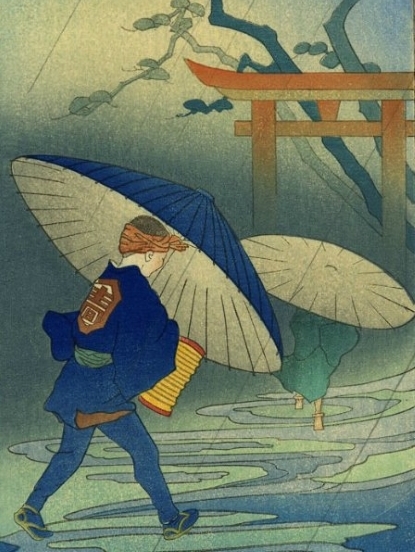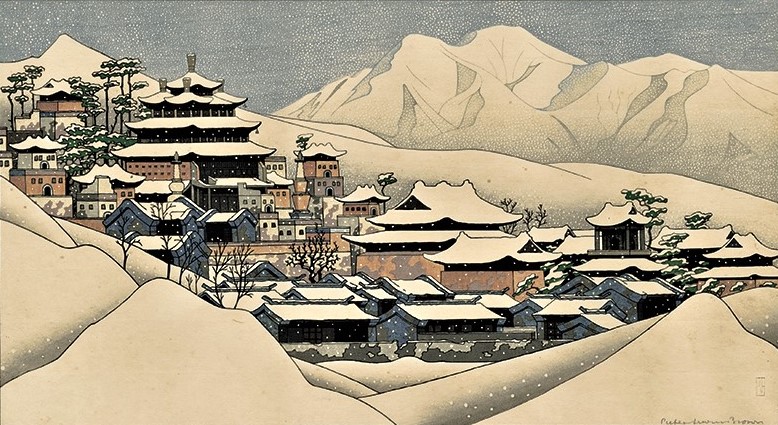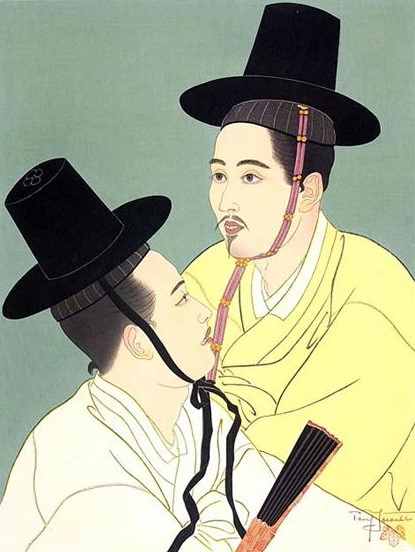DORSEY POTTER TYSON (1891-1969)
Information on Dorsey Tyson is extremely fragmented. Born in Maryland, he has lived in Baltimore most of his life and has never traveled. After studying law, he worked in the insurance and finance sectors. Married in 1920, he continued to live with his parents and painting seems to have long been a hobby.
His first known engravings date from 1926 and most often show urban monuments, particularly in Baltimore. A change came in 1928 when he began to produce works in the Asian Art-Deco style. It is likely that its two main publishers, The Purnell Art Company in Baltimore and especially Arthur Greatorex in London, were at the origin of this orientation, the commercial aspects of which are obvious: indeed, the English artist Elyse Ashe Lord experienced a great success with its oriental etchings treated in the art-deco style. Advised by his mentors, Dorsey Tyson was strongly inspired by Elyse Lord to the point that some of his etchings may appear to be plagiarisms. But he displays such meticulous dexterity on the technical level and his engravings emanate such an exotic Asian atmosphere that his work has acquired an undeniable originality and strength.

According to Michael Campbell of the famous British gallery of the same name, “the highly decorative original colour etchings of Dorsey Potter Tyson appear, at first glance, to be colour printed etchings, which have subsequently been extensively coloured by hand. They are in fact the result of skillful colour printing, using a technique which effectively combines the printing of a normal etching simultaneously with that of printing a monotype. The lines of the etched design, which compose the base image art inked with black printer’s ink, and the surface of the plate is then cleaned in the manner used for printing a normal monochrome etching. Thick, coloured printer’s inks are then painted onto the surface of the plate using a brush as though painting a plate for a monotype printing ; the proof is then printed at one pull through the press. This is a time-consuming colour printing method, but the results are striking and extremely decorative.”
It should be noted that, like Elyse Lord, Dorsey Tyson used a very thin Japanese printing paper which considerably weakens his etchings and that he signed and dated his works with microscopic writing.
This “Asian” period, which still gives him a justified notoriety today, unfortunately ends around 1938 due to the deterioration of the image of Asia, but the artist leaves behind more than sixty little wonders. On the other hand, few traces remain of the last thirty years of Dorsey Tyson, who seems to have continued a modest career as an illustrator for various publications.
The collection

